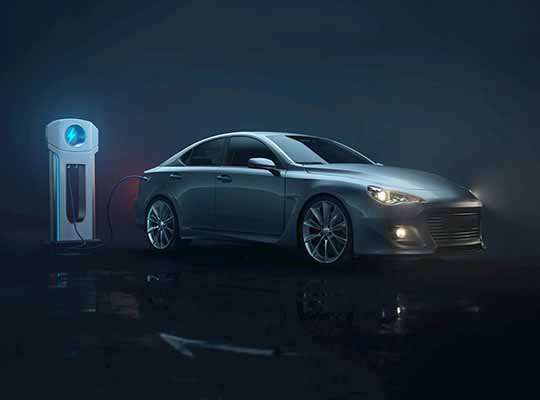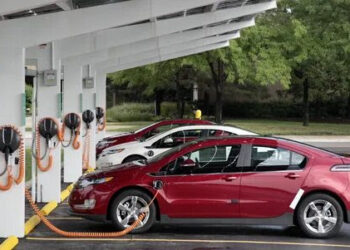The “Electric Vehicle Market by Vehicle Components, by Vehicle Type, by Class, by Top Speed, by Drive Type, By Charging Point Type, Vehicle Connectivity, By Propulsion Type, By End User – Global Opportunity Analysis And Industry Forecast, 2022-2030” report has been added to ResearchAndMarkets.com‘s offering.
Electric Vehicle Market size was valued at USD 273.4 billion in 2021 and is predicted to reach USD 1869.9 billion by 2030 at a CAGR of 24.3% during the forecast period, 2022-2030.
The demand for electric vehicles has increased worldwide due to their mileage, high performance, and reduced cost of electric vehicle batteries. Tax rebates, and non-financial benefits, including new car registration, carpool lane access, increase in vehicle range, and active participation of OEMs, are factors that boost the growth of the EV industry.
However, the scarcity of EV charging stations in common areas across the world, along with inadequate standardization of EV charging infrastructure that increased the installation cost of charging stations, hampers the electric vehicle market. On the contrary, technological advancements, such as vehicle-to-grid (V2G) systems and self-driving EVs, are expected to create ample opportunities for the key players operating in the electric vehicle market during the coming decade.
Market Dynamics
Drivers
- Growing Environmental Pollution Due to Conventional Transports
- Stringent Government Regulation to Control Carbon Emissions
- Increasing Sustainable Developments Plans
Restraints
- Lack of Electric Vehicle Charging Stations
Opportunities
- Introduction of Self-Driving Evs
Segment Overview
The global electric vehicle market is segmented on the basis of vehicle components, type, class, top speed, drive type, charging point type, vehicle connectivity, propulsion type, end user, charging standard, and geography.
- Based on vehicle components, the market is classified into battery cells & packs, onboard charge, motor, reducer, fuel cell stack, power control unit, battery management system, fuel processor, power conditioner, air compressor, and humidifier.
- Based on type, the market is segmented into passenger cars, commercial vehicles, two-wheelers, and others.
- Based on class, the market is categorized into low-priced, mid-priced, and luxury.
- Based on top speed, the market is divided into less than 100 MPH, 100 to 125 MPH, and more than 125 MPH.
- Based on the drive type, the market is divided into front-wheel drive, rear-wheel drive, and all-wheel drive.
- Based on charging point type, the market is segmented into AC (Normal Charging), DC (Super Charging), and Inductive Charging.
- Based on vehicle connectivity, the market is classified into V2B or V2H, V2G, V2V, and V2X.
- Based on propulsion type, the market is divided into BEV, PHEV, FCEV, and HEV.
- Based on end-user, the market is bifurcated into private, commercial fleets, and industrial use.
- Based on the charging standard, the market is classified into Guobiao standards (GB/T), CHArge de MOve (CHAdeMO), Combined Charging System (CCS), Tesla Supercharger, Type 1 (SAE J1772), and Type 2 (IEC 62196).
- Based on geography, the market is segmented into North America, Europe, Asia-Pacific, and RoW.
Regional Analysis
The Asia Pacific market is projected to hold the dominant share by 2030.
Asia-Pacific dominates the global EV market share and is expected to remain dominant throughout the forecast period. This is attributed to the presence of countries like China and Japan, which holds the largest market share of electric vehicles. For instance, in 2021, China sold a total of 3,519,054 electric vehicles worldwide. The key players in the market, which include Honda Motor Company, Geely Motors, BYD Co., Toyota Motor Corporation, and Tata Motors, are adopting strategies such as product launches, investments, and business expansion across the region that further propel the market growth.
Key Market Players
The emerging and efficient key players in the electric vehicle market share research include companies such as:
- Tesla Inc.
- BYD
- BMW Motorrad
- SAIC-GM-Wuling Automobile
- Mercedes-Benz Group
- Stellantis
- Hyundai Motor Group
- Volkswagen AG
- Ford Motor Company
- Toyota Motor Corporation











